Rice farming accounts for 6-8% of global food system emissions, while livestock contributes 40-50%. However, in Southeast Asia, rice emissions are higher than livestock or other crops. According to Mr. Quoc Cuong, an expert from the Climate Change Research Group of the International Rice Research Institute (IRRI), the reason is that traditional rice farming methods here create a significant amount of methane.
"When rice fields are flooded, it creates conditions for anaerobic decomposition to take place, releasing methane and other greenhouse gases," Mr. Cuong explained at a recent seminar organized by Ho Chi Minh City University of Agriculture and Forestry. It is estimated that each hectare of rice fields emits about 12.7 tons of CO2 equivalent per year.
In Southeast Asia, Vietnam and Indonesia are the two countries with the greatest potential to reduce emissions in rice, higher than Thailand and Myanmar. If low-emission farming techniques are applied, it can reduce 40-65%, according to Mr. Cuong. Research by the US Environmental Protection Agency (EPA) in 2021 also showed that the potential to reduce emissions in rice is 36%, significantly higher than livestock (9%) and other crops (3%).
Vietnam has a project to sustainably develop one million hectares of high-quality, low-emission rice in the Mekong Delta by 2030, which is an opportunity to exploit this potential. In theory, low-emission rice cultivation opens the door to participating in the voluntary carbon credit market in the future.
Carbon credit is a certificate of the right to emit CO2 or other greenhouse gases converted to CO2 equivalent (CO2tđ). One ton of CO2tđ is considered 1 carbon credit. CO2tđ is a unit of purchase and sale in the carbon market, carbon credit. In which, the seller is the party with the recognized ability to reduce or eliminate emissions.
For example, a rice-growing project that reduces CO2 emissions is recognized as a credit and sold to customers. It is estimated that with one million hectares of high-quality rice, the value of carbon credits can reach 100 million USD per year if sold at 10 USD per credit. "The potential for reducing emissions in the agricultural sector offers many opportunities for climate finance," Mr. Cuong commented.
However, the process of reducing emissions, recognizing carbon credits and selling them is a long way off. This requires careful preparation and synchronous cooperation, according to experts.
First, the implementation stage. Emissions in rice cultivation are reduced in the stages of land preparation, rice variety selection, cultivation methods and post-harvest straw treatment. Of these, cultivation recorded the largest emission reduction, up to 33%, if using the alternate wetting and drying (AWD) method and effective fertilizer.
In Vietnam, two rice cultivation methods that can apply AWD are 1P5G (1 must 5 reduce) and SRP (sustainable rice farming practices). Currently, the alternate wetting and drying method has proven to be effective in reducing emissions and the associated economy , but on a small scale.
For example, piloting this farming method in Thanh An commune, Vinh Thanh district ( Can Tho ), rice farmers have increased profits by 1.3-6.2 million VND per hectare compared to traditional farming. CO2 emissions also decreased by 2-6 tons per hectare.
Next, farmers must abandon the practice of burning straw to reduce emissions by 15%, but this is also a big challenge. At a forum late last month, Mr. Ngo Xuan Chinh, Deputy Director of the Center for Research and Transfer of Agricultural Technology Advances (Southern Institute of Agricultural Science and Technology, IASVN) estimated that only 10% of rice straw in Vietnam is collected and recycled.
Second, the monitoring, verification and recognition of carbon credits are still in their infancy. To date, the carbon market in the rice sector can comply with standards such as CDM, Gold Standard, T-VER and Article 6 of the Paris Agreement. Depending on the purpose and scale of the climate finance market that the project aims to achieve, the monitoring, reporting, verification (MRV), inventory and valuation processes will be adjusted.
The problem, however, is that no country or initiative currently collects data on emissions-related farm management practices on a large scale or on a regular basis. Each national greenhouse gas inventory is based on small sample data and assumptions about farmers’ practices, according to IRRI.
Third, before waiting for the policy and technical conditions for the rice carbon credit market to take shape, the overarching challenge for emission reduction efforts is that the socio-economic and technical infrastructure conditions in the West are not high, requiring many improvements.
According to a report by a group of experts from the International Organization for Agricultural Research (CGIAR) in 13 provinces and cities in the Mekong Delta region, all localities said they lacked capital and had difficulties implementing emission reduction policies. Of these, 12 localities faced difficulties in logistics and exports; 11 provinces said the weather and natural disasters were complicated, and 10 localities said they lacked policy infrastructure and transportation.
According to Dr. Pham Thu Thuy - a member of the CGIAR research team, currently working at the University of Adelaide (Australia), to reduce emissions in the food system in general, a series of issues need to be improved. For example, policies (regional linkage mechanisms, land planning, fiscal) need to change, the food industry needs to be reorganized in a smart, sustainable direction in parallel with investment in agricultural infrastructure.
Among a series of tasks that need to be done, Associate Professor Dr. Kha Chan Tuyen, Deputy Head of the Faculty of Chemical and Food Technology (Ho Chi Minh City University of Agriculture and Forestry) recommended that agricultural production planning should follow a closed and streamlined system, increasing mechanization and digital applications. "The supply chain should be as short as possible, making use of by-products," he said.
Vietnam has the advantage to improve these shortcomings with a comprehensive legal framework, according to CGIAR. In addition, agriculture is identified as part of the implementation of the Nationally Determined Contribution (NDC) on greenhouse gas emissions reduction. Therefore, analysts say it is important to coordinate implementation.
"Timely action is needed to raise awareness among management teams and the community, especially those directly involved in the production and management process," experts from CGIAR recommended.
Source: https://www.mard.gov.vn/Pages/trien-vong-ban-tin-chi-carbon-lua-den-dau.aspx










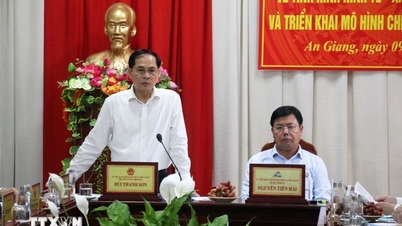



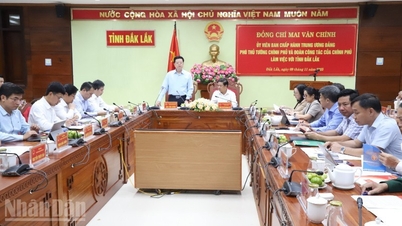







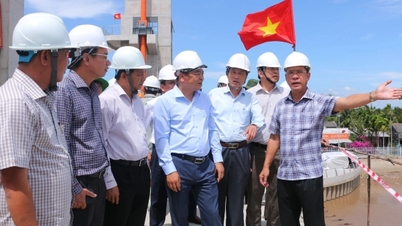
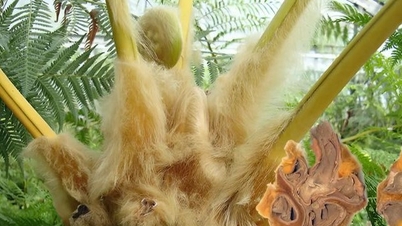
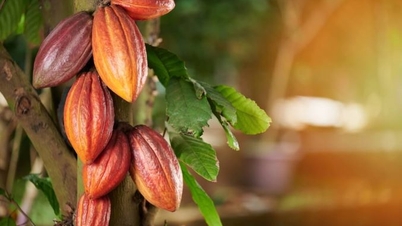
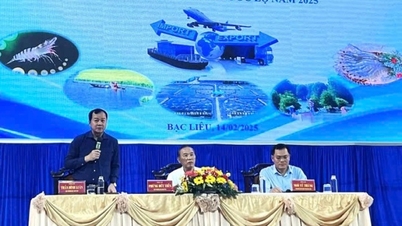






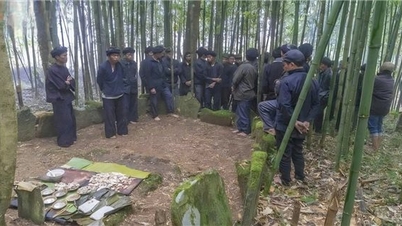




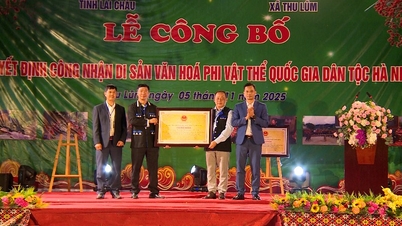



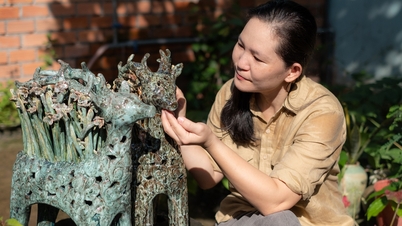


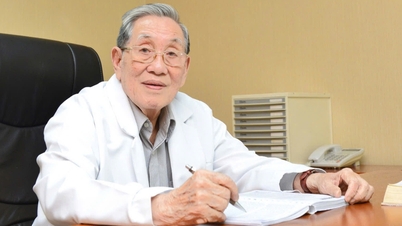

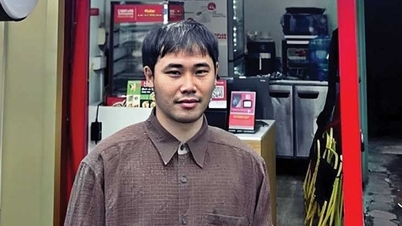



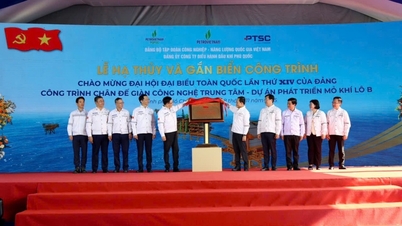

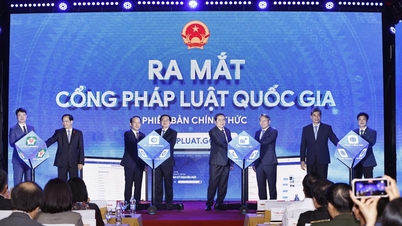











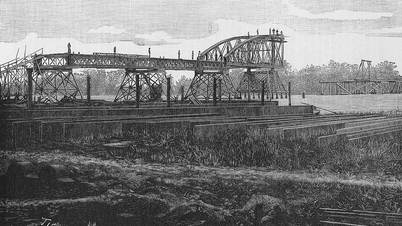
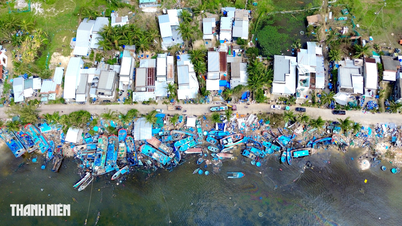
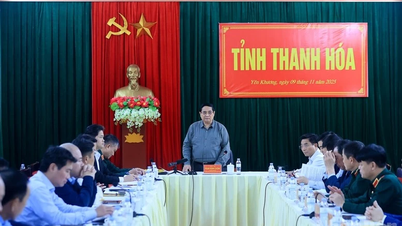




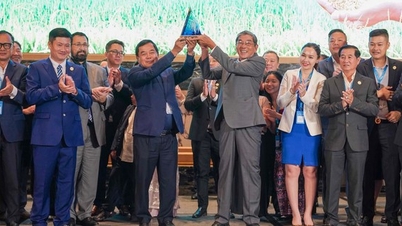
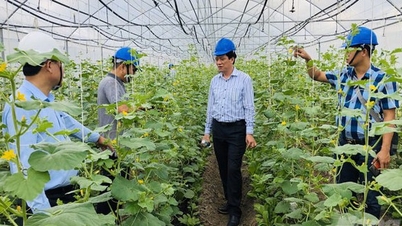
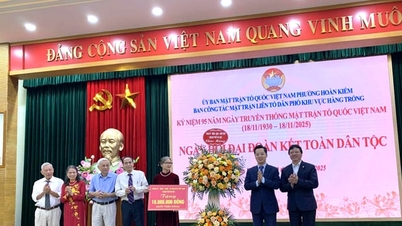



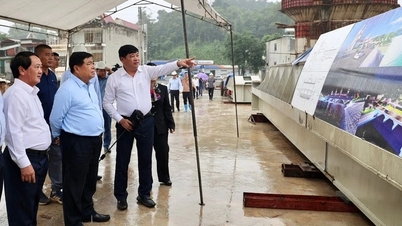






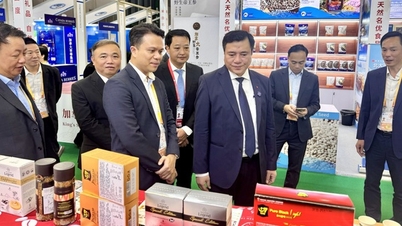











Comment (0)